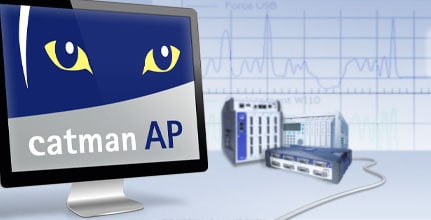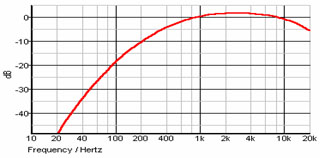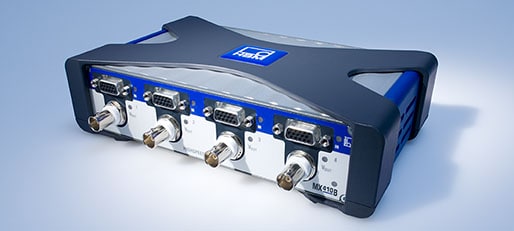Cleaning useful information from noise
Understanding the sources and causes of acoustic noise of machines or system components under investigation is becoming more and more important in development, experimentation, production sampling, service, and maintenance. After all, the “extra quantity” of acoustics is often crucial for comfort, occupational health and safety, and brand image in the complete product life cycle.
In the past, engineers needed to employ additional tools when measuring acoustics - forcing them to battle with different devices, user interfaces, philosophies, and data formats. Today, however, measurement tools such as HBM’s QuantumX and catman®AP data acquisition solution provide detailed acoustic measurement analysis capabilities along with a full suite of features for acquiring mechanical, thermal, electrical, and digital bus signals such as CAN, as well as GPS and video signals. For acoustic measurement, in particular, engineers can take advantage of features such as sound-level analysis in dB(A) with psychoacoustic evaluation according to loudness and frequency analysis in the 2-D spectrogram.
With these multipurpose measurement tools, engineers can quickly and easily complete acquisition and analyses jobs with just a few clicks and save all the data in a single file. This approach not only allows more effective measurement of events but also simplifies and speeds comparison with earlier measurement results in trend analysis studies. Finally, these tools offer a compact, portable solution required for service and maintenance tasks.



